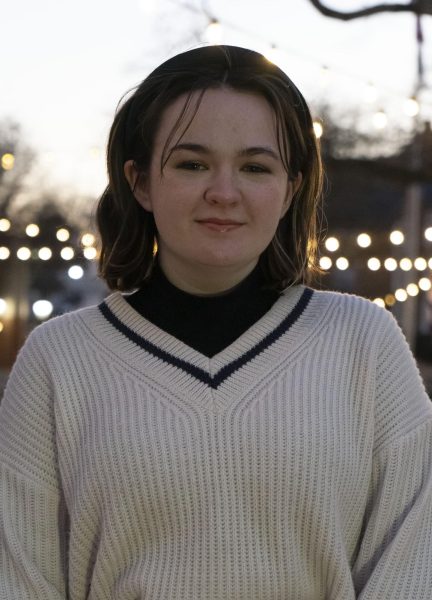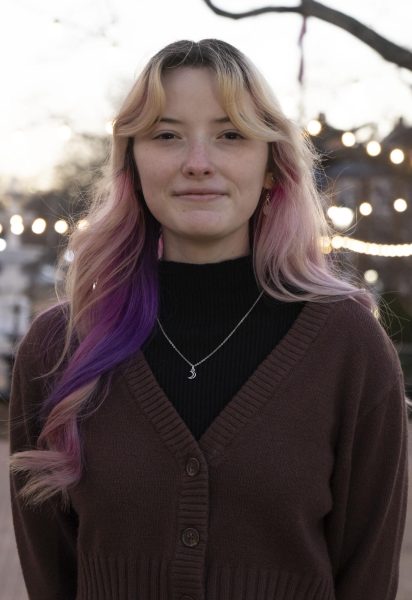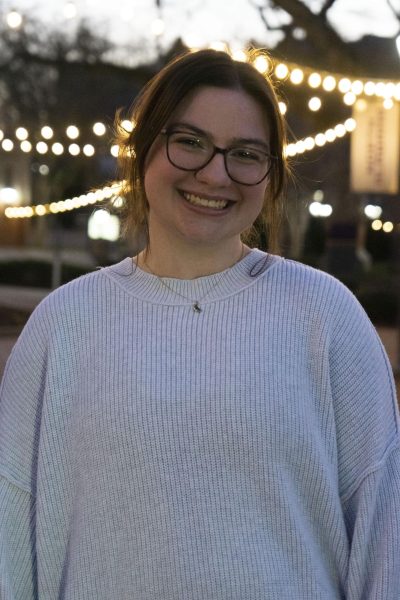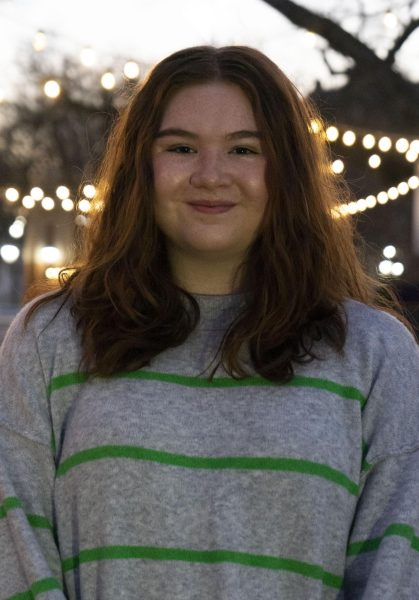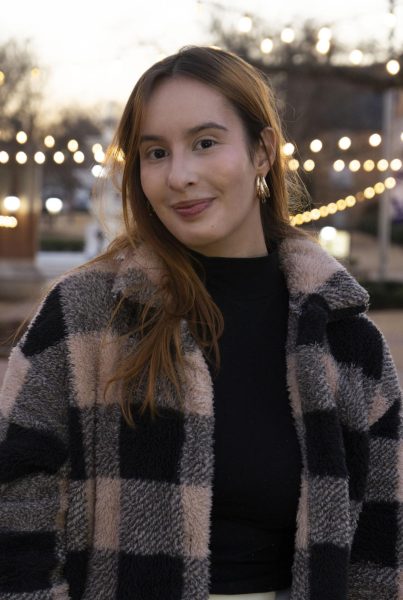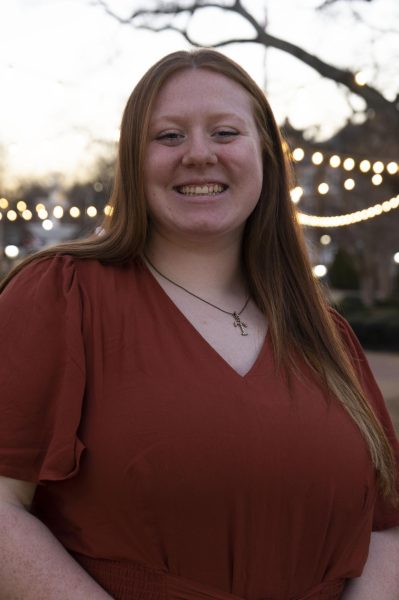1 person, purchase could fund cure
October 17, 2013
Cancer. It’s a word that our society has seemed to become immune to lately. We know it can cause harm. We know it’s affected far too many people across the globe. But, being humans, the “out of sight, out of mind” rule seems to take precedent, and the word doesn’t truly strike a nerve with someone until a person close to him or her has been affected by the awful disease.
In April 2010, shortly before my high school graduation, cancer became a part of my family. After a fun spring break in New York City with my parents, my sister and I were told my mom had been diagnosed with breast cancer. I felt numb. Our mother, the one who could wipe away tears, come up with a solution to any problem at a moment’s notice and hold our family together through multiple deployments, had been diagnosed with a disease she had no control over.
Overnight, a word that we had only vaguely understood before had situated itself comfortably in our living room while we watched TV, at the dinner table with us while we ate dinner and it snuggled up in bed with us at night. Cancer was not just a problem for other families to solve; it was our problem, too. Overnight, it had invaded our home and made itself a member of our family.
But we acted out our parts like we were characters in some sort of 90s family sitcom — we treated my mother’s cancer like it was a common cold and tried to keep it out of sight and out of mind. We laughed with my mom as she made her way through treatments over the following weeks. We were upbeat and positive. We pretended we didn’t notice the way she grimaced when her shirt touched her tender skin from her radiation treatments.
We all breathed a sigh of relief when my mom got the news she was cancer-free.
We were the lucky ones.
My mom’s diagnosis could have been so much worse, and the outcome entirely different, but thanks to early detection and a group of supportive doctors, her treatments were minimal.
One in eight women are expected to be diagnosed with breast cancer at some point in their lifetime. It could be your sister, friend, girlfriend, grandmother or even your own mother. Some of these women — and men — are not as lucky as my mom was.
A few months after my mom’s treatments, I pledged into a sorority whose philanthropy work focused on breast cancer education and awareness. I knew I had made the right choice when each and every girl smiled and welcomed not only my mom at the Race for the Cure that October in Birmingham but each survivor or fighter of breast cancer. To those girls, cancer wasn’t just a word. It was a problem, but it was a problem we could fix together. To those girls, and to all those who wore pink that day, there was hope.
Every pink ribbon sold, every pink sock worn by a National Football League player and every pink yogurt lid collected helps to fund research so the number of men and women affected by breast cancer can decrease.
But pink shouldn’t be mentioned only in October. Awareness and education should continue year-round.
With the new breakthroughs in treatments and heightened awareness of this disease, the number of women diagnosed with breast cancer could drastically decrease. One person and one purchase could make all the difference in finding a cure.
With any luck, in a few years cancer — at least breast cancer — could become just another meaningless, harmless word.


